
Most do this wrong. 10 ways you are organizing your garage wrong
The garage is often one of the most overlooked areas of a home, yet it has immense potential to be a well-organized space for storage, hobbies, and parking. Despite this, many homeowners fall into common organizational traps that turn their garages into cluttered, inefficient areas. Mistakes such as neglecting vertical storage, improperly storing hazardous materials, or overlooking safety precautions can not only waste space but also create potential hazards.
With careful planning and strategic organization, however, you can transform your garage into a functional, safe, and enjoyable space. This guide highlights eleven common mistakes people make when organizing their garages and offers practical solutions to avoid them. By following these tips, you can maximize storage, maintain safety, and create a garage that works for your lifestyle.
1. Ignoring Vertical Space
One of the biggest errors is neglecting the walls. Vertical space is a goldmine for storage opportunities. Walls are perfect for hanging tools, bicycles, garden equipment, and even sports gear, freeing up valuable floor space. Consider installing pegboards, slat walls, or modular wall systems that can be adjusted as your storage needs evolve.
Additionally, tall shelving units that reach up to the ceiling are ideal for storing items you use infrequently, such as seasonal decorations, camping gear, or holiday supplies. Remember to keep heavier items on lower shelves to maintain stability and safety. Always anchor wall-mounted storage to studs or structural supports to ensure it can bear the weight securely.
2. Overloading Shelves
Many people make the mistake of cramming as much as possible onto their shelves. Overloaded shelves can collapse, leading to damage or injury. Most shelving units have weight limits, usually ranging from 200 to 800 pounds per shelf depending on construction and materials.
To prevent accidents, distribute weight evenly, place heavier items on the bottom, and periodically inspect your shelves for signs of stress or damage. If you notice warping, bending, or instability, replace or reinforce the shelves immediately. It’s better to invest in stronger shelving than risk injury or loss.
3. Stacking Firewood Indoors
While storing firewood inside the garage may seem convenient, it can attract pests like termites, rodents, or carpenter ants. These pests can quickly invade your home and cause expensive damage.
Instead, store firewood outdoors at least 20 feet from your house, elevated off the ground to prevent moisture buildup. Use a covered firewood rack to protect it from rain and snow, ensuring the wood remains dry and safe to burn.
4. Storing Paint in Extreme Temperatures
Many homeowners store leftover paint in garages, unaware that temperature extremes can ruin it. Paint should ideally be kept between 50°F and 80°F. Freezing can cause separation or clumping, while high heat can dry it out or alter its consistency.
If your garage isn’t climate-controlled, consider storing paint in a basement, heated utility room, or insulated cabinet. Make sure lids are tightly sealed, and consider labeling each can with the date of purchase and color to make future projects easier.
5. Blocking Vents with Boxes
Stacking boxes in front of vents may seem harmless, but it can disrupt airflow, creating poor ventilation and increasing the risk of mold or mildew growth. This is especially critical if your garage shares HVAC ventilation with your home.
Keep vents clear and unobstructed. Opt for shelving units that leave space underneath or position storage against solid walls away from ventilation sources. Proper airflow will help maintain a dry and safe environment.
6. Leaving Salt Bags Open
During winter, it’s common to store road salt in the garage, but leaving the bags open can cause the salt to absorb moisture and clump together. Wet salt is difficult to use and can corrode nearby metal tools or vehicles.
Store salt in airtight containers to prevent moisture absorption, spills, and corrosion. Label the container clearly, so it’s easy to access during winter storms without creating a mess.
7. Underutilizing Ceiling Storage
Ceilings are often ignored in garage organization, yet they offer perfect storage for bulky, infrequently used items like ladders, kayaks, seasonal decorations, or sporting equipment. Ceiling-mounted racks can free up valuable floor space and improve accessibility.
When installing overhead storage, ensure racks are anchored to ceiling joists and capable of supporting the intended weight. Check manufacturer specifications, and never exceed the recommended load to avoid accidents.
8. Mixing Incompatible Items
Storing incompatible items together can be dangerous. For example, keeping flammable liquids near heat sources, sparks, or electrical equipment can trigger fires. Similarly, storing strong chemicals near food, plants, or pets can lead to contamination.
Always store hazardous materials in sealed, labeled containers in a dedicated cabinet away from ignition sources. Keep chemicals organized by type, and follow all manufacturer storage recommendations to ensure safety.
9. Neglecting Seasonal Organization
Many garages become cluttered because items aren’t rotated seasonally. Winter tools like snow blowers, shovels, and salt should be easily accessible during cold months, while summer equipment such as lawnmowers, pool toys, and garden supplies can be stored further back.
Review your storage layout each season. Rotating items not only keeps the garage organized but also ensures you don’t waste time searching for things when you need them most. Consider clear bins and labels for easier seasonal transitions.
10. Forgetting Safety Precautions
Safety should always come first in a garage. Make sure your garage is equipped with a working smoke detector, fire extinguisher, and proper lighting to prevent accidents. Keep walkways clear to allow easy access and exit in emergencies.
Regularly inspect all safety equipment, replace expired items, and ensure that any hazardous materials are stored safely. Don’t overlook basic safety measures—they protect both your family and your belongings.
11. Failing to Label Containers
Without clear labeling, even a well-organized garage can become frustrating to navigate. Labels help you quickly identify what’s in each container, reducing time spent searching for items and maintaining order.
Invest in a label maker or use durable, waterproof labels that won’t fade. Include details such as contents, expiration dates for chemicals, or maintenance schedules for tools. Clear labeling improves efficiency and helps keep your garage organized long-term.
By addressing these common mistakes and implementing these practical solutions, your garage can be transformed into a safe, functional, and aesthetically pleasing space. With a little planning and consistent upkeep, this often-neglected area can become one of the most valuable and versatile spaces in your home.
News in the same category

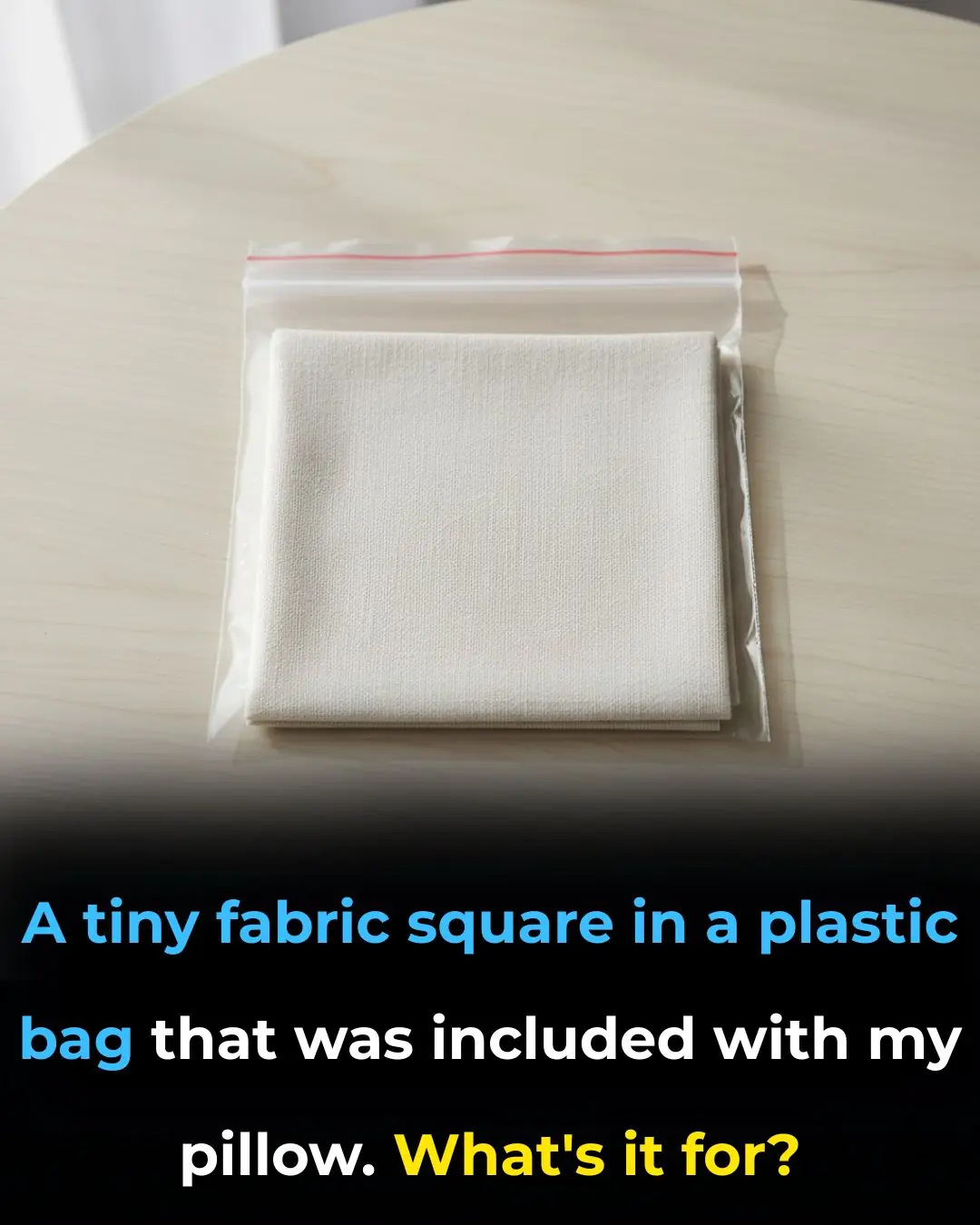
I had no idea
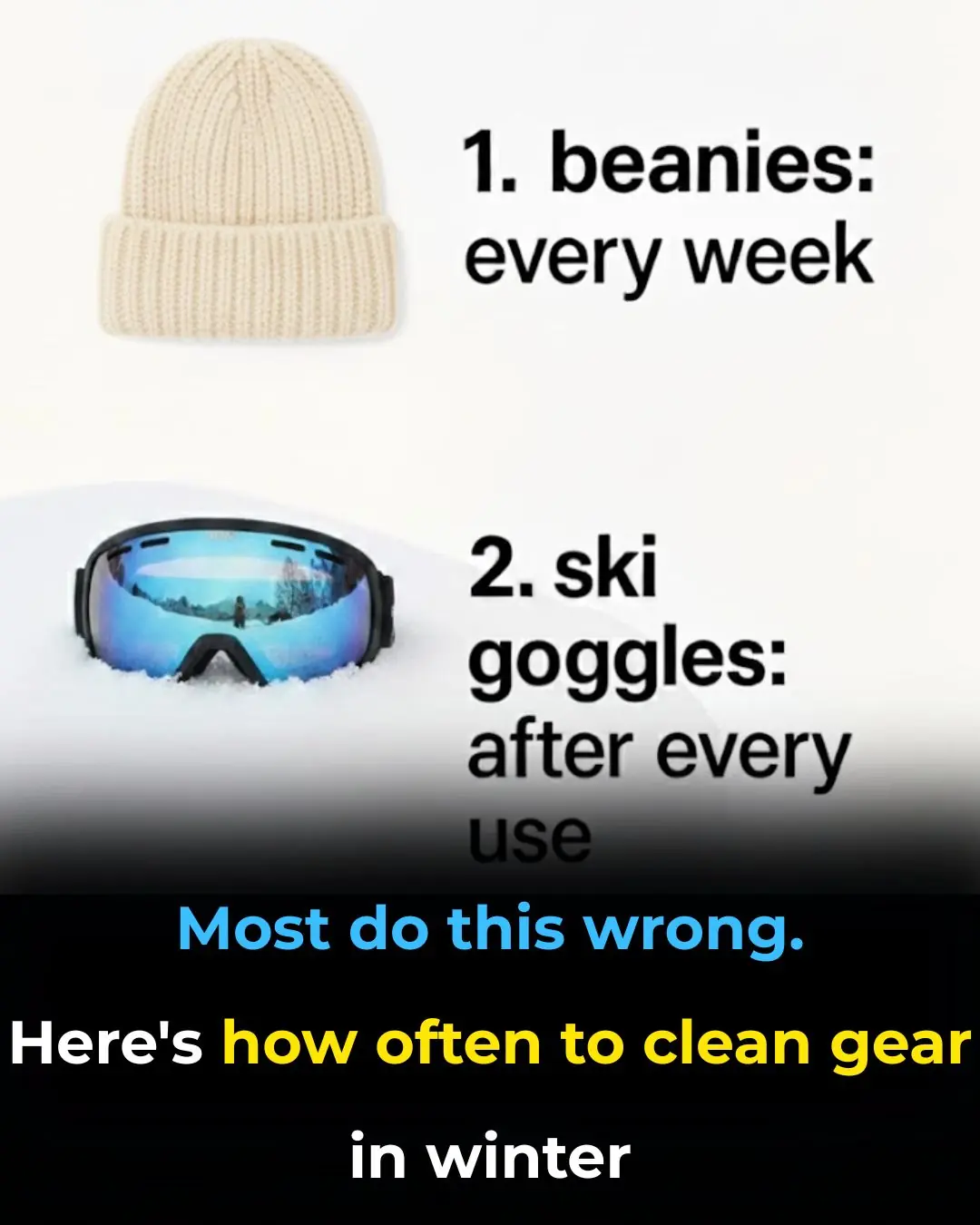
Most do this wrong. Here’s how often to clean gear in winter

Most do this wrong. Here’s how often to clean bedding in winter
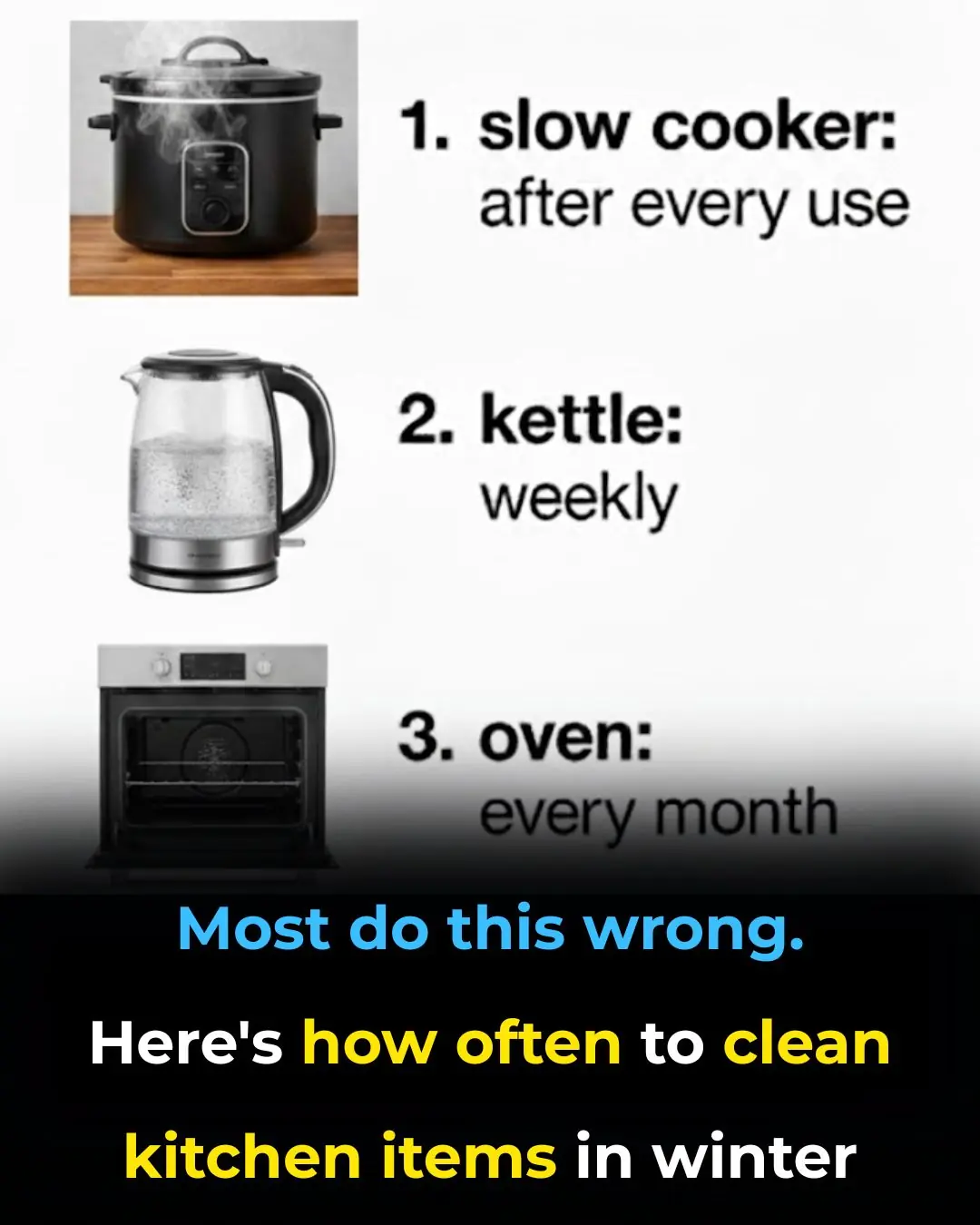
Most do this wrong. Here’s how often to clean kitchen items in winter
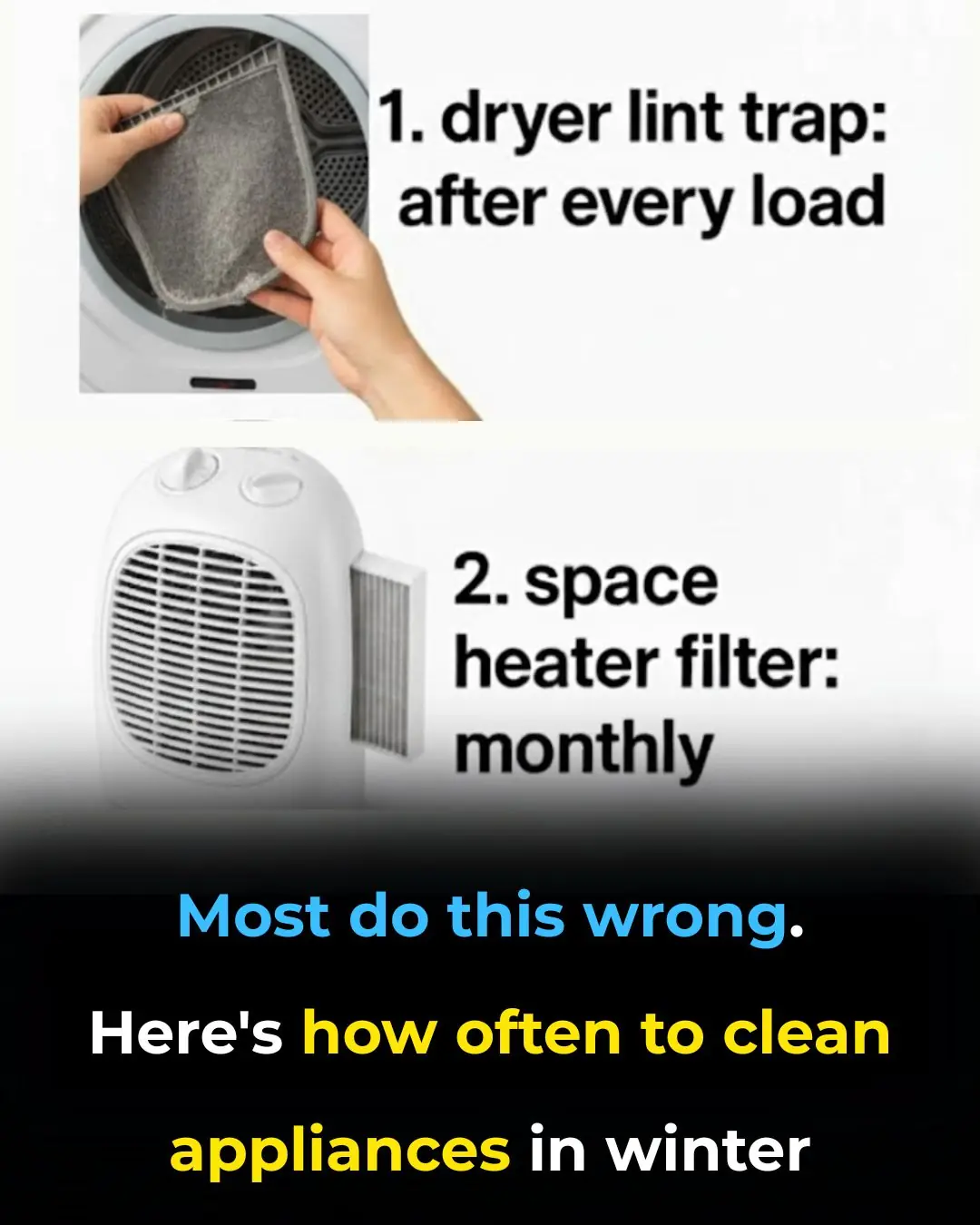
Most do this wrong. Here’s how often to clean appliances in winter
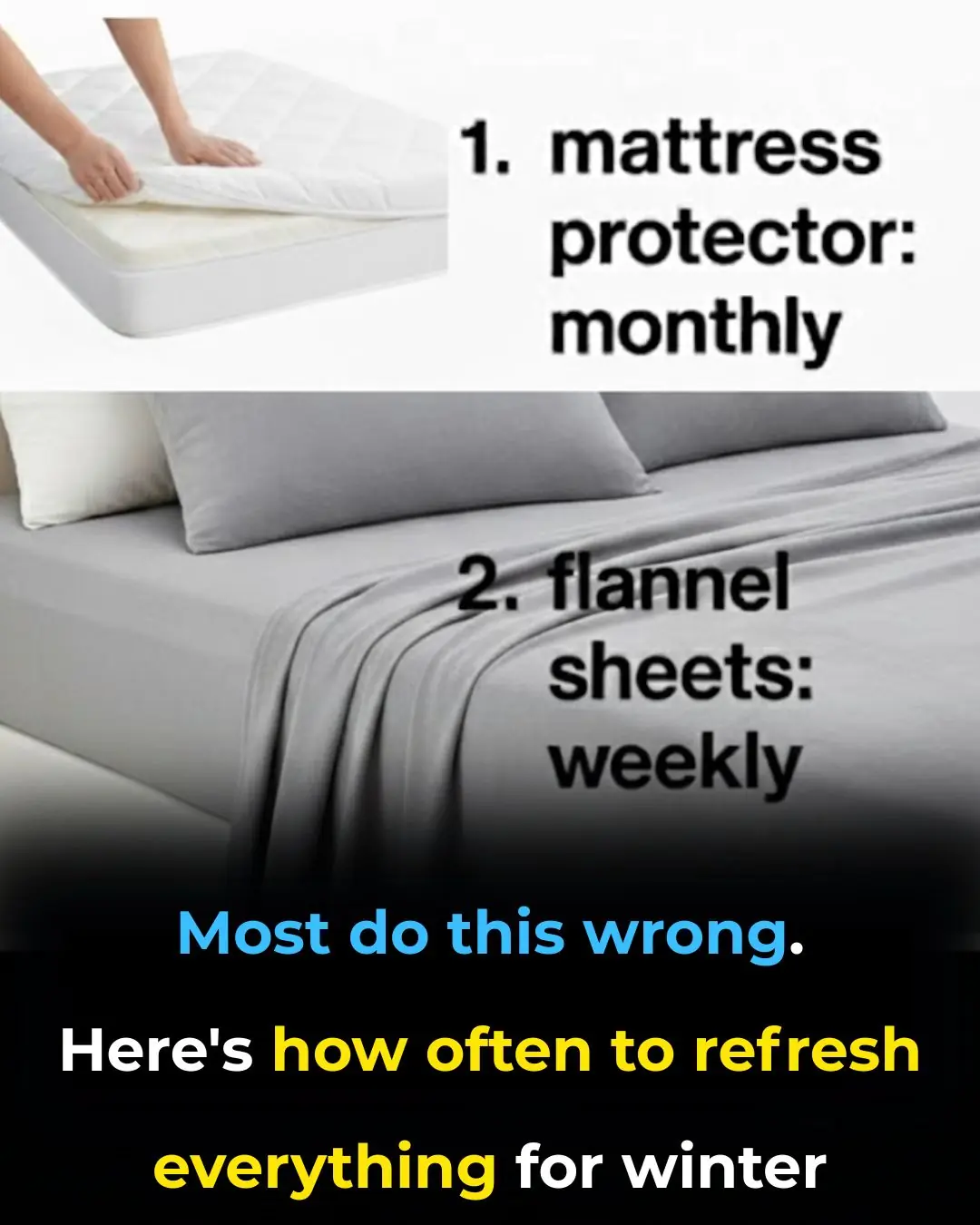
Most do this wrong. Here’s how often to refresh everything for winter

Stop freezing these 10 foods

10 top types of house spiders & how to get rid of each one
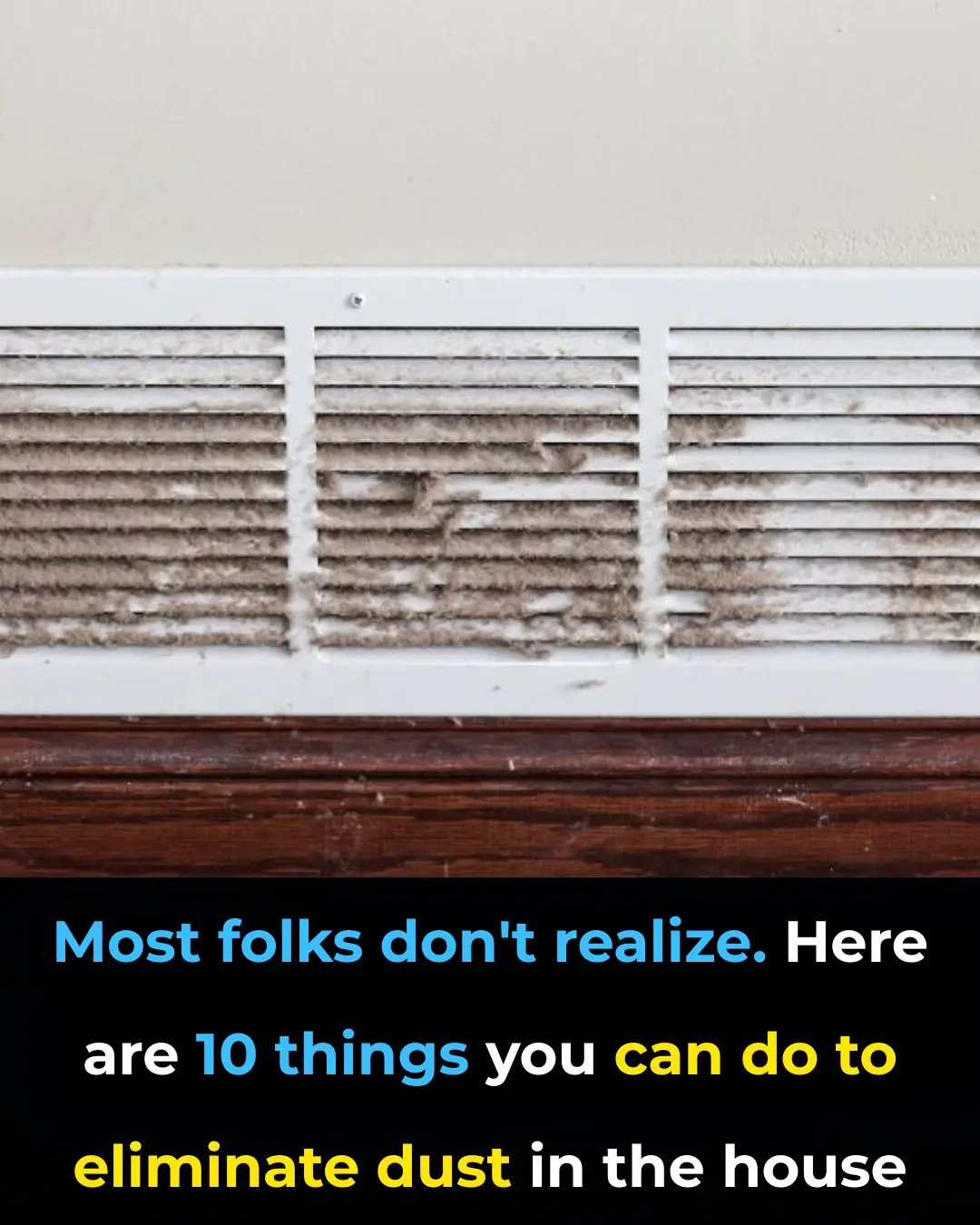
These ideas are brilliant

10 top types of house spiders & how to get rid of each one

Don’t Throw Away Grapefruit Seeds – These Tiny Seeds Have Surprising Benefits

Sprinkle Salt Around Your Home on Rainy Days – It Sounds Strange, but the Results Are Amazing

Remove Bad Odors from Your Refrigerator Overnight with These Simple Tricks

I had no idea this was a thing

Add white vinegar to dishwashing water: Simple cleaning tips that will never be too expensive

Lady places cup of vinegar into microwave. Here’s the genius reason why
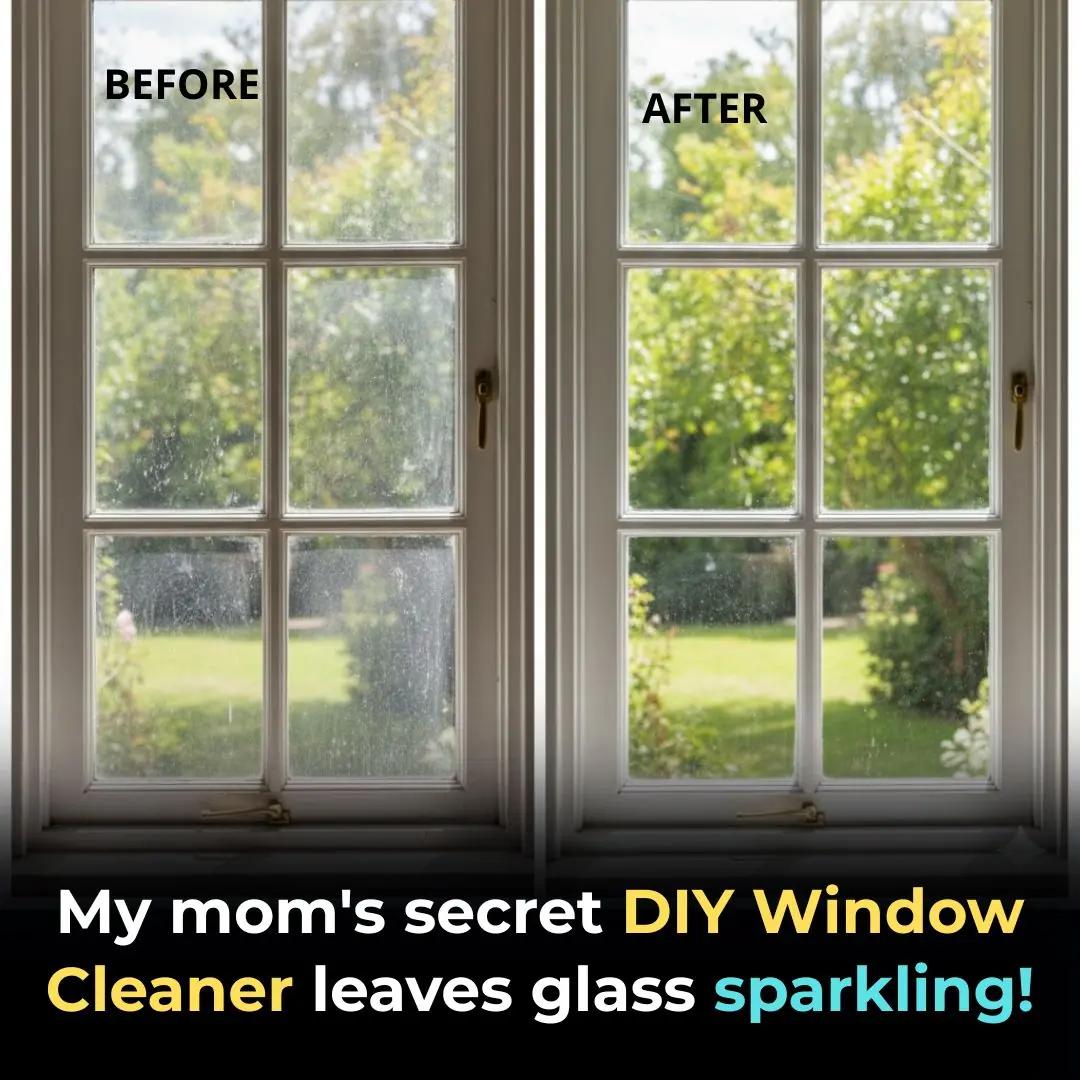
Works like a charm
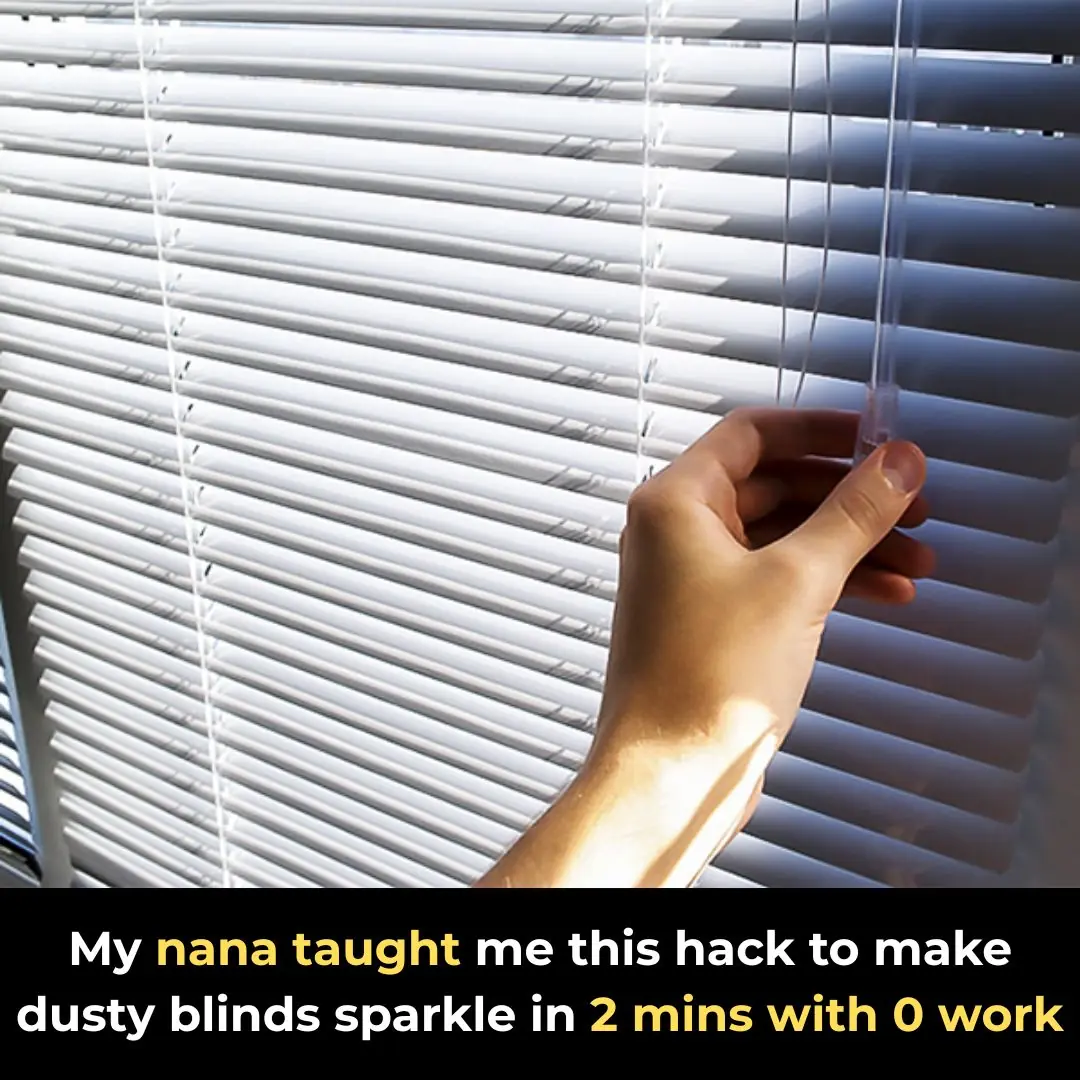
My nana taught me this hack to make dusty blinds sparkle in 2 mins with 0 work. Here’s how it works
News Post

A neurosurgeon says your legs could predict dementia years before memory loss

Simple Homemade Cough Syrup Removes Phlegm From The Lungs

The B vitamin solution: lower blood pressure when medications fail

Meet The Owner Of The First Beauty Supply In New Paltz, New York

R&B Singer Lucky Daye Has Full-Circle Moment with MLK Day Halftime Performance

Meet Alvin Irby, One of Pepsico’s Black Changemakers Who’s Using Barbershops To Encourage Black Boys To Read More

Meet Charlie Mitchell, The First Black Michelin-Starred Chef In New York City And The Second One In The Nation

This Mom of Four Just Started Medical School at 43 Years Old
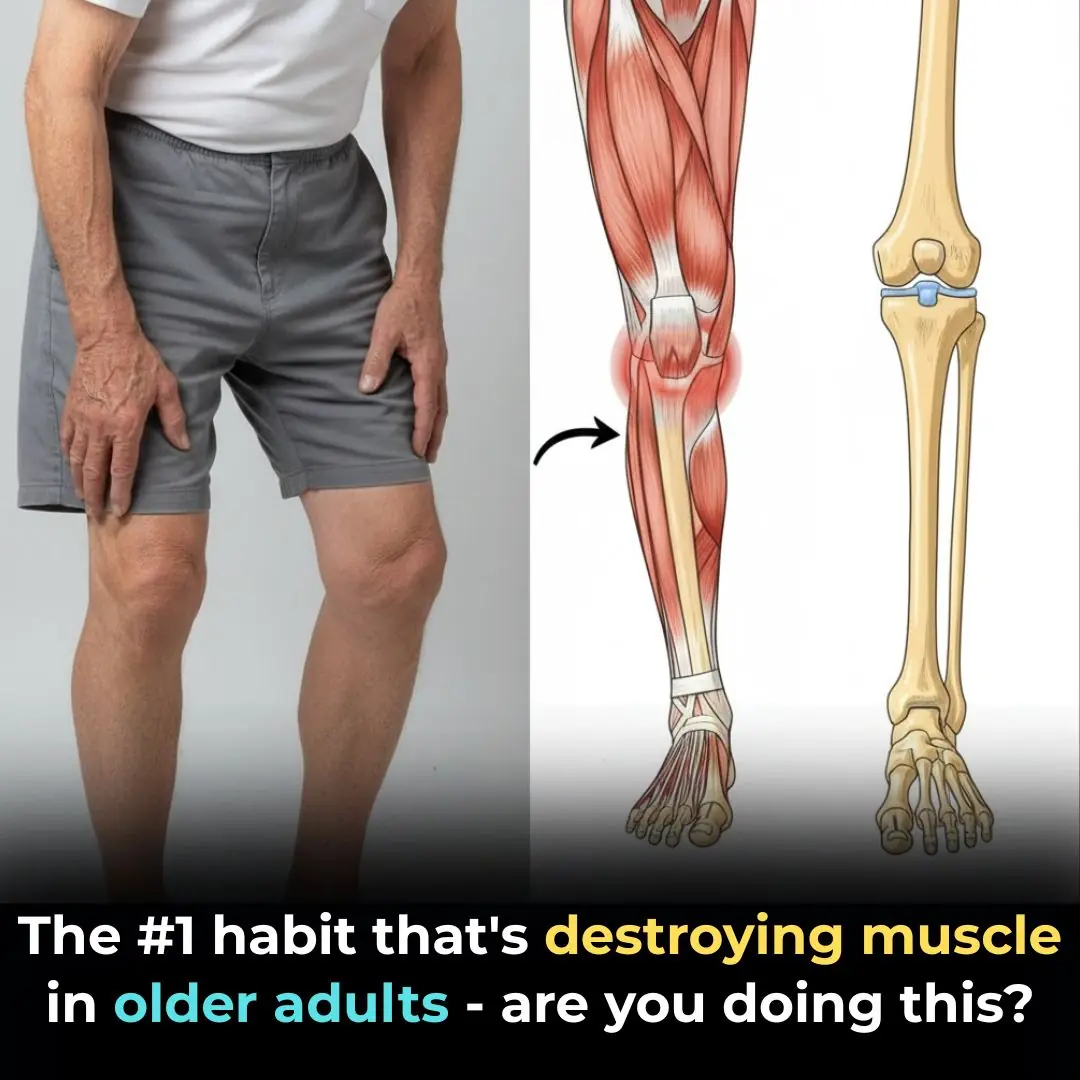
The #1 habit that’s destroying muscle in older adults—are you doing this?

The Hidden Consequences of a S*xless Life

Why Do We See “WC” and Toilet Icons Everywhere?

Clever Phrases Smart People Use to End Pointless Arguments

Stop throwing out old plastic food containers. Here’s 10 brilliant hacks to use them around the house

I had no idea

Most do this wrong. Here’s how often to clean gear in winter

Most do this wrong. Here’s how often to clean bedding in winter

Most do this wrong. Here’s how often to clean kitchen items in winter

Most do this wrong. Here’s how often to clean appliances in winter
